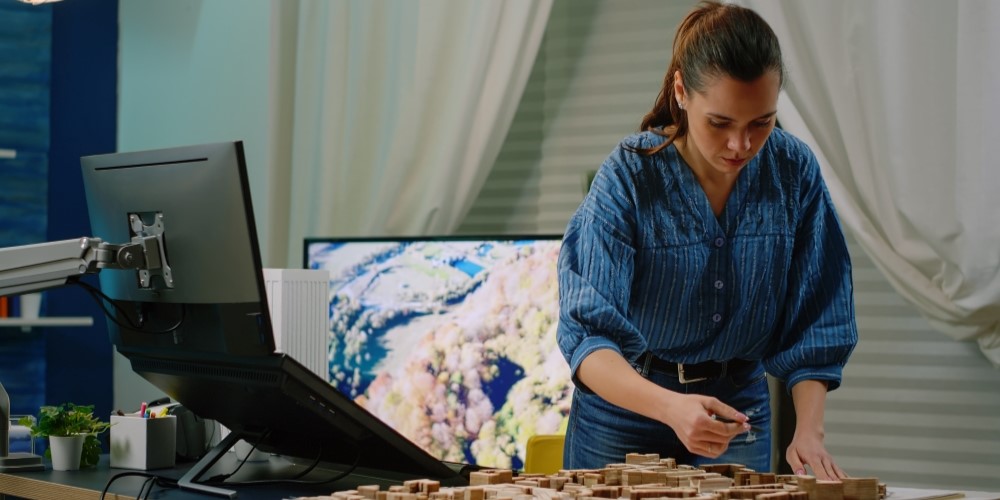
How to Build an Engaging Online Art Portfolio: Tips and Examples
In today’s digital age, an engaging online art portfolio is essential for artists, sculptors, painters, and other creatives to showcase their work, connect with collectors, and attract opportunities. A well-crafted portfolio highlights your artistic style and tells your story, helping you stand out in a competitive market. Here’s how to build an effective online art portfolio, with practical tips and examples tailored for visual artists.
1. Define Your Purpose and Audience
Start by clarifying your portfolio’s purpose. Are you showcasing your work to attract galleries, sell your art, or grow a fan base? Knowing your audience will help you tailor the tone, design, and content. For instance, a sculptor targeting high-end collectors may choose a minimalist and elegant design, while a muralist aiming to attract local commissions might opt for a bold and vibrant layout.
2. Choose the Right Platform
Selecting the right platform is critical. Platforms like Squarespace, Wix, and WordPress allow for customizable designs that fit various artistic styles. For those looking for community and exposure, sites like ArtStation and Behance are excellent choices. Consider your needs—whether it’s e-commerce features to sell your art or galleries to display high-resolution images of your work.
3. Showcase Your Best Pieces
Less is more when it comes to an art portfolio. Choose 10-15 of your strongest pieces that reflect your artistic range and style. Curate your work to tell a story or align with a theme. For example, a painter specializing in landscapes might include works that showcase different seasons or moods. Add titles, dimensions, and materials to give viewers a deeper understanding of each piece.
4. Use High-Quality Visuals
High-quality images are essential to presenting your art in the best light. Use professional photography to capture the details and textures of your work, whether it’s a close-up of a sculpture’s intricate patterns or the subtle brushstrokes on a painting. If photographing your work yourself, use proper lighting and editing tools to enhance the images without misrepresenting the original.
5. Create a Clean, Intuitive Layout
Your portfolio should be easy to navigate and visually appealing. Use a simple design with clearly defined sections like “Gallery,” “About the Artist,” and “Contact.” Choose a neutral color palette that complements your artwork rather than competing with it. For example, an abstract painter could use a minimalist layout to let the bold colors of their work shine.
6. Tell Your Story
Collectors and galleries are often interested in the artist behind the work. Include an “About” section to share your journey, artistic influences, and process. Write in a tone that reflects your personality and connects with your audience. For example, a sculptor could explain how their love for nature inspires their organic forms.
7. Optimize for Mobile Devices
Many people will view your portfolio on their phones or tablets, so ensure your website is mobile-friendly. Choose a responsive design that adjusts seamlessly to different screen sizes while maintaining high-quality visuals and fast loading times.
8. Include Testimonials or Exhibitions
Add credibility by including testimonials from collectors, curators, or clients. Alternatively, list exhibitions, awards, and residencies to showcase your experience. For example, a painter might highlight feedback from a gallery owner or details of a solo show.
9. Add a Clear Call-to-Action
What do you want visitors to do? Whether it’s purchasing your art, contacting you for commissions, or following you on social media, include clear calls-to-action (CTAs) throughout your site. Use buttons like “Inquire About This Piece” or “View Available Works.”
10. Keep Your Portfolio Updated
Your portfolio should evolve with your artistic journey. Regularly update it with new work, upcoming exhibitions, or recent accomplishments. An outdated portfolio can give the impression that you’re inactive, so make a habit of refreshing your site periodically.
By following these steps, you’ll create an online art portfolio that not only highlights your artistic talents but also captivates viewers and opens doors to new opportunities.